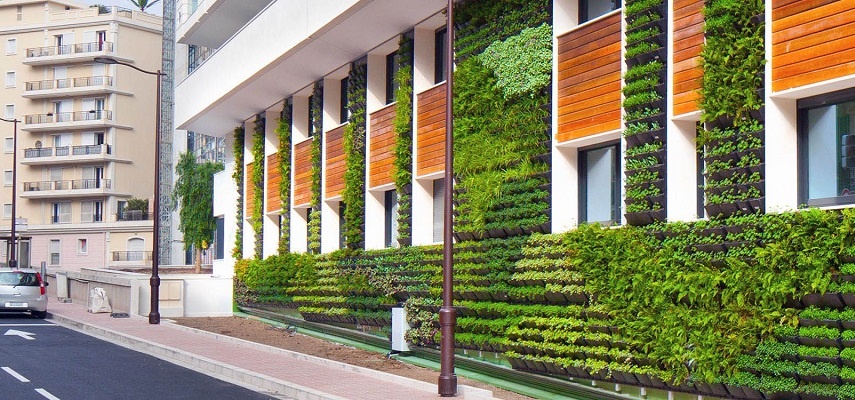Much has been made of the UK government’s attempts to promote green initiatives in recent months, as the scope of the global climate crisis becomes ever clearer to officials and the public alike. The government have recently pledged £116 million to green innovation in the UK – but what exactly is the UK’s global standing with regard to sustainability and ecological concerns? And could £116 million be enough to improve said standing?
The Greenest Major Cities
City Plumbing, who provide heating and plumbing solutions from combi boilers to underfloor heating systems, published a report on the UK’s global standing with regard to ecological sustainability. The report ranked 20 major cities worldwide on a number of factors relating to carbon emissions, infrastructure, population habits and sustainability. According to their proprietary Green Index rating, London emerges in the middle of the pile as the 11th greenest major city. Dublin makes an appearance in 4th place, while Berlin tops the list as the single greenest major city in the report. While Europe encompasses the entire top 5 of the Green Index, there was no one continent with low sustainability; Tokyo, Mexico City and Istanbul were 18th, 19th and 20th respectively.
Factors for Eco-Friendliness
The Green Index in use for the City Plumbing report takes into consideration several crucial factors. Renewable energy usage across the city is measured, as well as the approximate level of carbon emissions reported. These are somewhat sympathetic factors, as renewable energy sources release less pollution into the atmosphere – though population can also have a significant effect on carbon emissions for a given city, which may have more renewable energy sources but a larger volume of the population using fossil fuels.
The next factors are also somewhat sympathetic: traffic congestion, and travel trends amongst the population with regard to bicycle use and walking. A city with a high level of congestion, measured according to the number of hours an average citizen spends in traffic, indicates poor infrastructural architecture leading to an increase in unnecessary fuel usage. Conversely, the more bicycles in use in a city, and the more routes and resources within walking distance, the better the infrastructure is geared towards non-polluting travel alternatives.
Lastly, the Green Index considers green infrastructure directly accessible by citizens, in the form of green space per square kilometre and the efficacy of city-wide recycling programs, as well as measurements of air quality.
Room for Improvement
London’s placement in the bottom half of the Green Index is in spite of certain promising aspects of its infrastructure. London is an eminently ‘walkable’ city, with access to healthcare, education and groceries without a car possible for 80% of its residents. Londoners are also able to recycle more than 40% of waste on average. But where London struggles in comparison with other European countries lies in emissions – both due to households and transport.
London is a high-congestion city with a large driving population, and congestion charge schemes are only doing so much to reduce congestion, and hence emissions. Meanwhile, the CCC reports that more than an eighth of all emissions in London are caused by home energy usage. So, what can be done?
Renewable energy initiatives to increase the sustainability of the average UK home are being touted as a major solution to domestic emissions, while London’s implementation of the ULEZ stands to reduce congestion-related emissions significantly – in turn increasing air quality, and upping its ranks in the green index. Meanwhile, nationwide plans to increase the number of wind farms would ease the pressure on fossil-fuel based power generation, decreasing overall emissions from the National Grid and easing the polluting effects of houses ineligible or not well funded enough to install renewable alternatives such as solar panels.


























